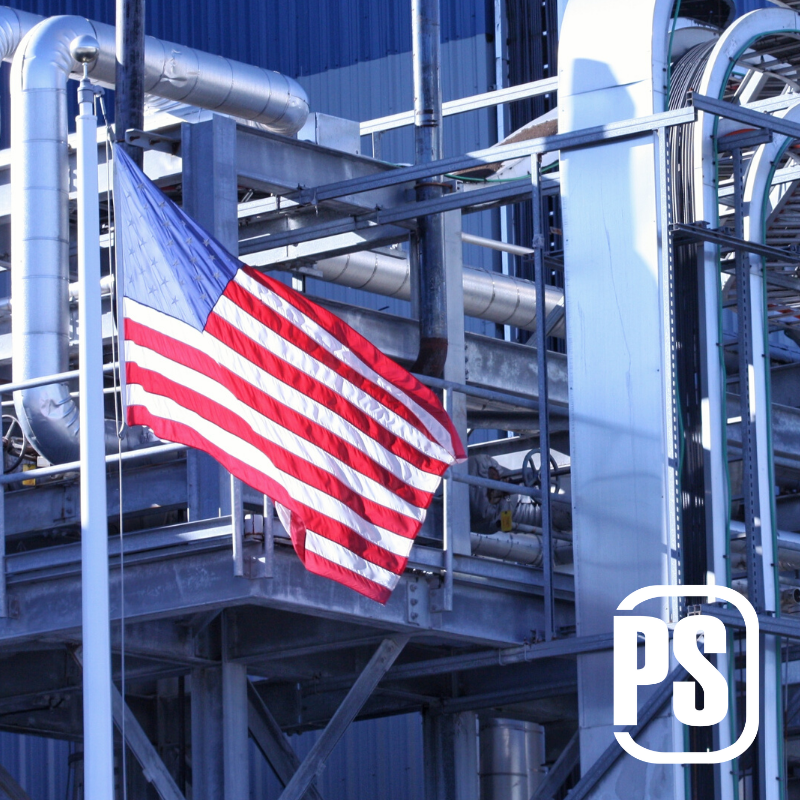
Many factors can cause a transformer to unexpectedly fail, but moisture buildup is a debilitating factor that can be monitored and prevented with the right methods.
Transformers are an important part of industrial controls; however, they are just as susceptible to degradation and accelerated aging. Accumulated moisture in a transformer compromises the integrity of the transformer’s insulation. Normally, the invasive moisture is in the form of water, absorbed by the cellulose paper insulation or mixed into the transformer oil. In order to upkeep the safety and durability of transformers, it is important to be able to determine the moisture content that is in the transformer and use proper methods to clear any moisture out.
There are two common methods to measure the moisture content in a transformer:
- Dew point analysis
- Water-in-oil analysis
You should periodically monitor your transformers for high levels of water buildup in the transformer insulation as part of your preventative maintenance schedule. If there is a significant level of water, steps should be taken to dry the transformer as soon as possible; otherwise, you risk damaging the transformer and reducing its lifetime due to degrading chemical processes between the water and the insulation.
Once you have determined whether or not there is moisture contaminant within the transformer, there are two effective ways to remove the moisture from the transformer insulation.
- Hot oil flush
- Hot oil spray
Another method to dry out moisture is to disassemble the transformer and place the coil assembly in a hot, temperature-controlled oven to dry. However, this method is unpopular due to its inconvenience, high cost, and the amount of time it takes to perform.
Hot Oil Flush
This method takes a longer amount of time than the hot oil spray method, yet it is easier to perform. Hot oil is pumped through a filter press that contains paper elements. Then, the paper is sprayed onto the transformer coil assembly. The hot oil in the paper absorbs moisture more readily than the contaminated cold oil, so by flushing the system with the hot oil paper, the moisture is removed from the transformer coil assembly.
This method can remove a great amount of water contaminant from the transformer assembly if it does not remove all of the water completely.
Hot Oil Spray
The hot oil spray method is more popular and consists of spraying the transformer insulation with hot oil while simultaneously sucking the immediately surrounding air into a vacuum. The sheer heat of the sprayed hot oil causes the water to evaporate. The evaporation is then collected by the suction of the vacuum. If this method is combined with a cold trap, the frozen water can provide an accurate measurement of the moisture that was contained in the transformer.
The Impact of Transformers on Industrial Controls
Transformers are used to power many different types of industrial controls, including PLC panels, and since transformer moisture buildup is typically caused by the condensation of air moisture over time, it can be easy to overlook the urgency of monitoring your transformer’s insulation. Unreliable power distribution causes unreliable device operation, and a broken transformer will end up causing unexpected downtime. Periodically checking your transformers for compromises in the insulation will save you money down the line.
Our engineers, technicians, and dedicated support staff are committed to working with you to manufacture industrial control panels custom-designed to your specific needs. Call Panelshop.com today or submit a quote and our experienced staff will be there to help create your next design together.





